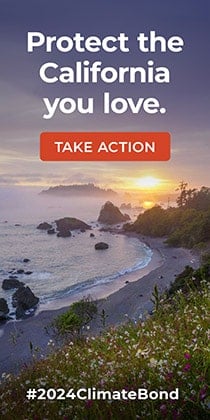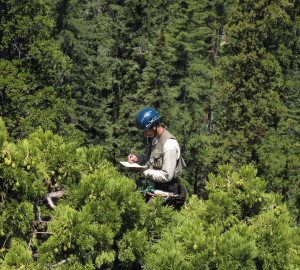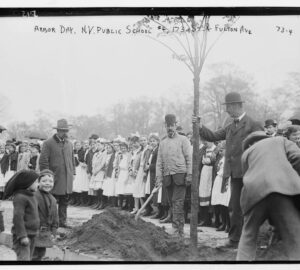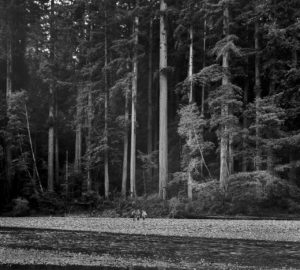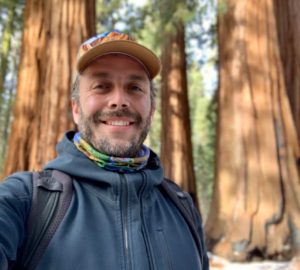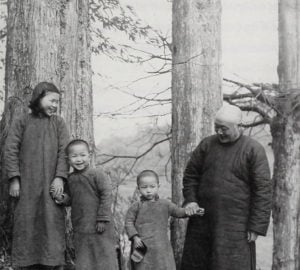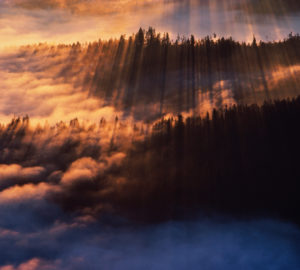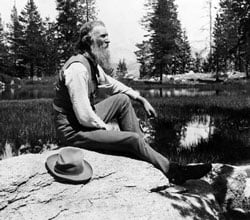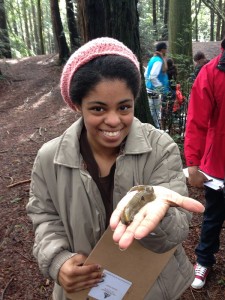
It’s National Environmental Education Week, and that means we’re celebrating all the wonderful schools and organizations around the world who work to connect youths and their families to the natural world. In my own experience growing up, I was fortunate to be connected to the natural world through amazing school programs and outdoor adventures with my family. I didn’t know then that my career path would lead me into environmental education, but I am most certainly happy that it has!
Here’s a look at the history of the environmental education movement.
Late 1770s – Early 1800s: Philosophers Jean-Jacques Rousseau and Louis Agassiz say that education should focus on the environment, and encourage students to learn directly from nature.
1920s: Ecology begins to develop as a scientific field.
1930s: Conservation education began to emerge as a result of the Great Depression. This field focused on scientific training and was used as a management and planning tool to solve environmental problems.
1948: The term “environmental education” is used for the first time in a public professional arena by the Deputy Directory of the Nature Conservancy.
1953: The Conservation Education Association is formed to support the many educators working in the field of conservation education.
1954: The Association of Interpretative Naturalists (now the National Association for Interpretation) is formed.
1969: The National Environmental Policy Act of 1969 (P.L. 91-190) is passed.
“The purposes of this Act are: To declare a national policy which will encourage productive and enjoyable harmony between man and his environment; to promote efforts which will prevent or eliminate damage to the environment and biosphere and stimulate the health and welfare of man; to enrich the understanding of the ecological systems and natural resources important to the Nation; and to establish a Council on Environmental Quality.”
And, Professor Clay Schoenfeld begins the journal Environmental Education, later renamed The Journal of Environmental Education.
1970: U.S. Congress passes the National Environmental Education Act of 1970 (P.L. 91-516). The Act authorizes the:
- Creation of an Office of Environmental Education in the U.S. Dept. of Health, Education and Welfare
- Establishment of a National Advisory Council for environmental education
- Establishment of a domestic grants program
On April 22, 1970, 20 million people across America celebrate the first Earth Day.
1971: The National Association for Environmental Education (now the North American Association for Environmental Education or NAAEE) is founded. NAAEE is a professional association for environmental educators.
1990: U.S. Congress passes the National Environmental Education Act of 1990 (P.L. 101-619).
The act authorizes the following:
- An Office of Environmental Education in the U.S. Environmental Protection Agency
- An environmental education and training program
- Environmental education grants
- Student fellowships
- The President’s Environmental Youth Awards
- The Federal Task Force and National Advisory Council
- The National Environmental Education and Training Foundation (NEETF)
The field of environmental education continues to grow and develop into an important aspect of education in today’s world. I am thrilled to be a part of it and I hope you will join me in promoting more environmental education.
To learn more about our environmental education programs you can visit our education programs page.
